(Mexico)
Monte Albán is a large pre-Columbian archaeological site 10km outside Oaxaca.
The site is atop an artificially-leveled ridge located on a low mountainous range rising above the plain
in the central section of the Valley of Oaxaca.
Besides being one of the earliest cities of Mesoamerica, Monte Albán's importance stems also from its role as the
pre-eminent Zapotec socio-political and economic center for close to a thousand years.
Founded toward the end of the Middle Formative period at around 500 BC, Monte Albán had become the capital
of a large-scale expansionist society that dominated much of the Oaxacan highlands and interacted with other Mesoamerican
regional states such as Teotihuacan to the north.
The city had lost its political pre-eminence by the end of the Late Classic (ca. AD 500-750) and soon thereafter was largely abandoned.
The ancient Zapotec name of the city is not known, as abandonment occurred centuries before the writing of the earliest available sources.
The derivation of the site's present-day name is unclear, and tentative suggestions regarding its origin range from a presumed corruption of
a native Zapotec name to a colonial-era reference to a Spanish soldier by the name Montalbán or to the Alban Hills of Italy.
I had not even heard of Monte Albán before today.
We climbed this platform ...
... and I was blown away with the size of the ancient plaza in front of us ...
...the plaza occupied a vast area where the Zapotec civilization had completely levelled the hillside.
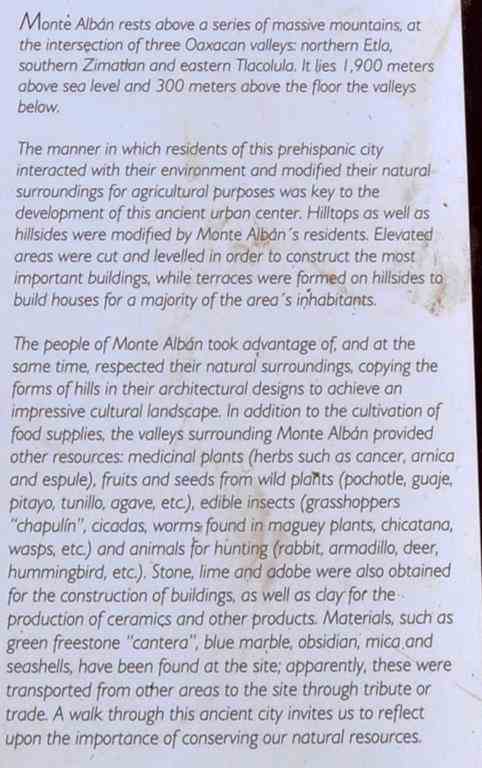

Alfonse Caso, a Mexican archaeologist who made excavations at Monte Albán in the 1930s, in particular "Tomb Seven",
in which several gold pieces and offerings were found (now on display in the Regional Museum of Oaxaca).
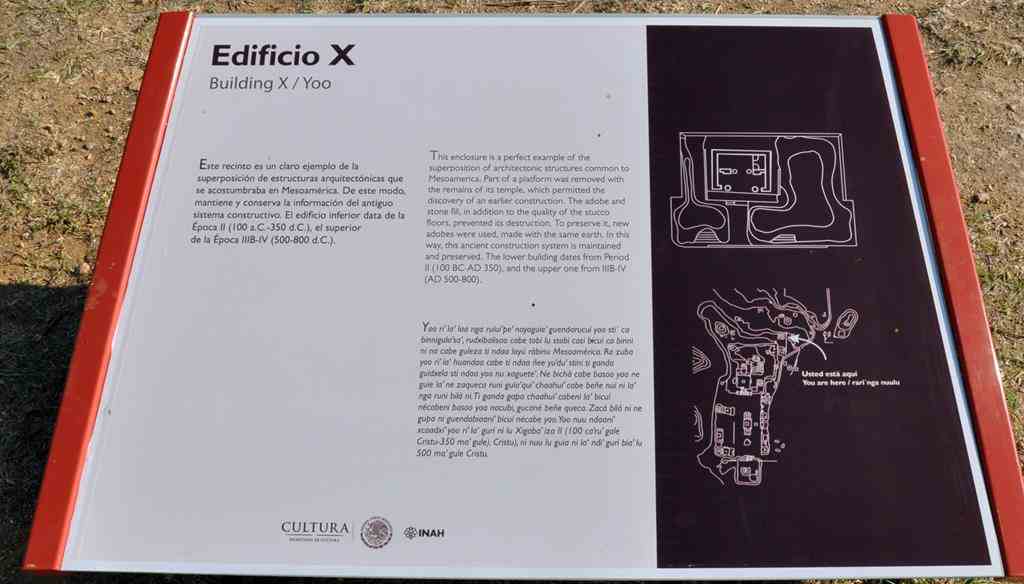

The cicadas were big and loud
The fantastic plaza
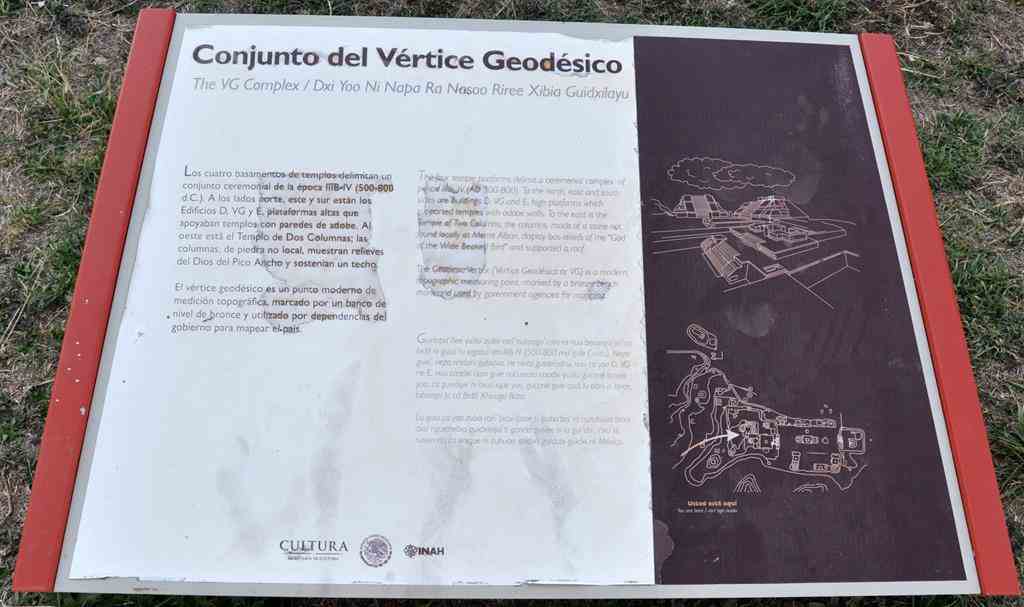
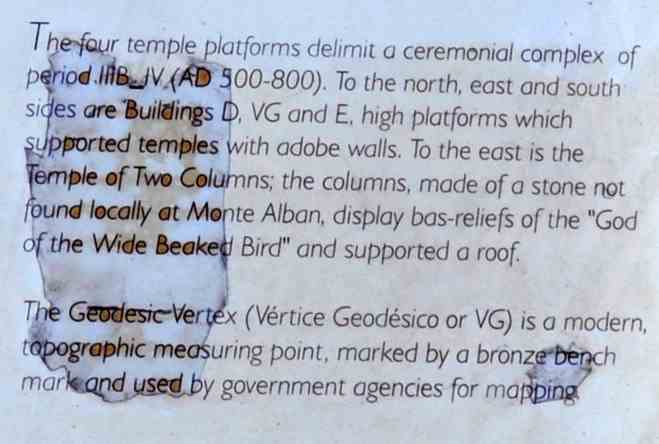
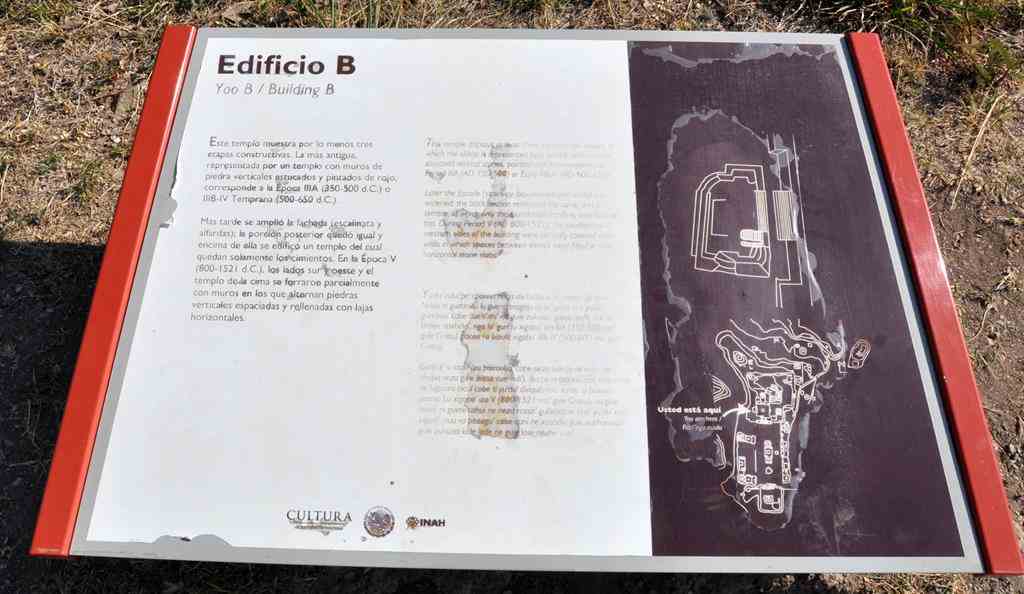
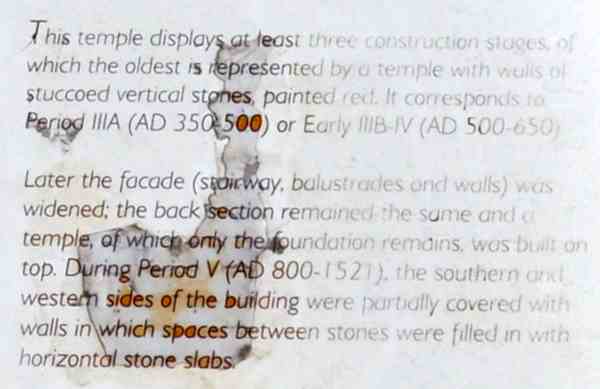
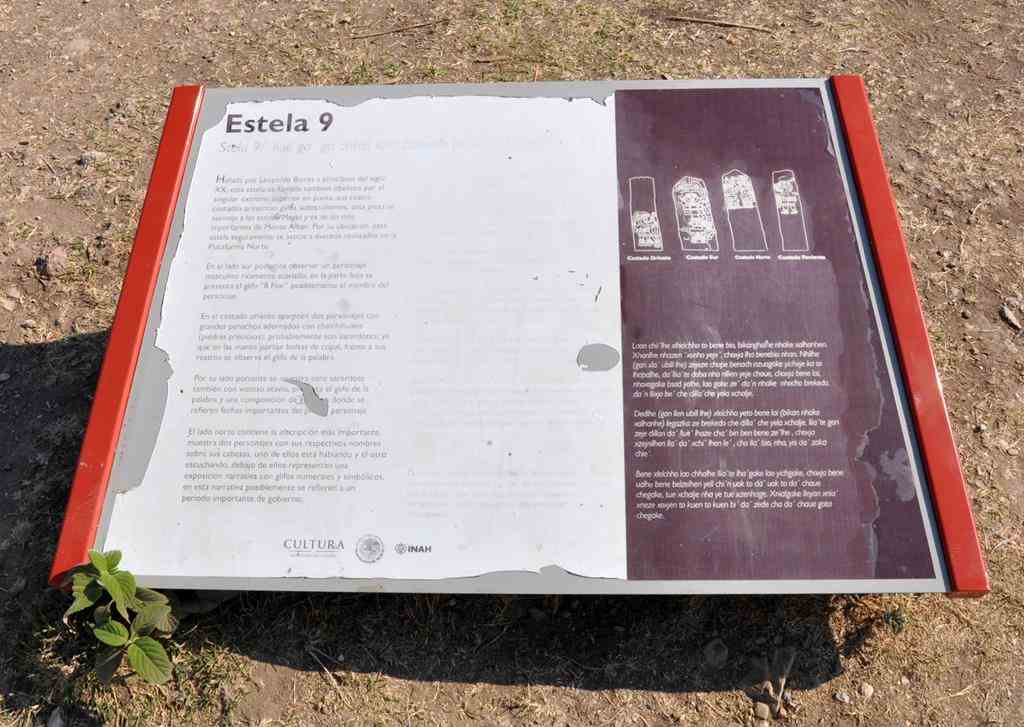

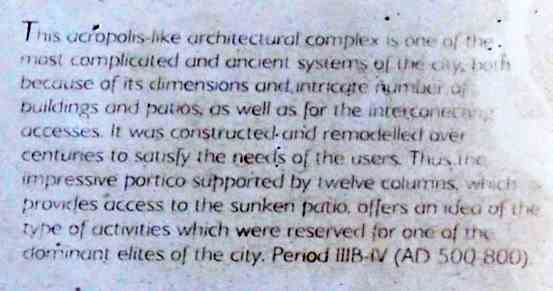
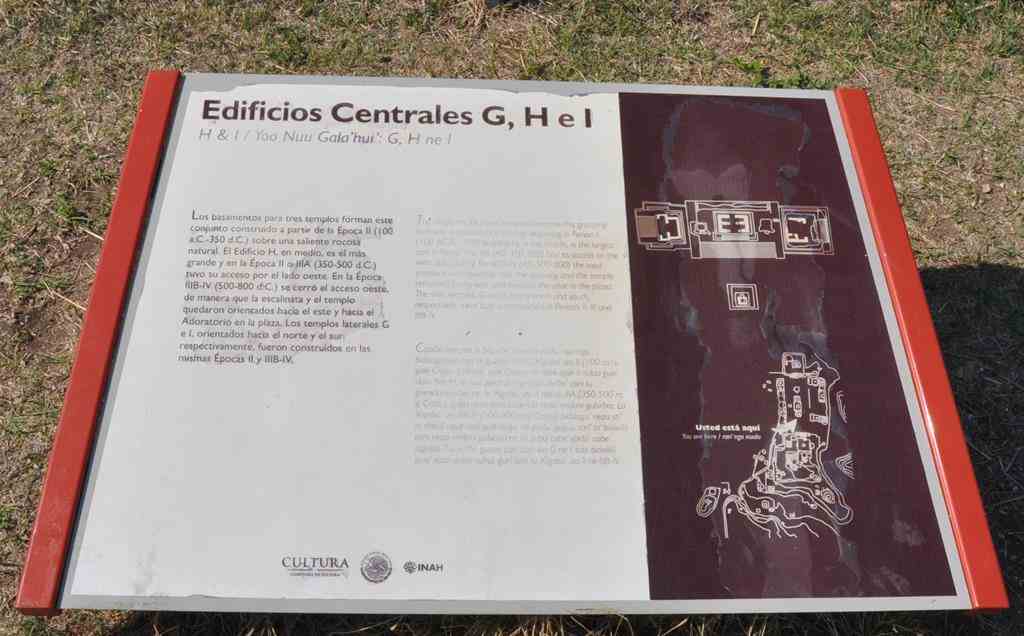
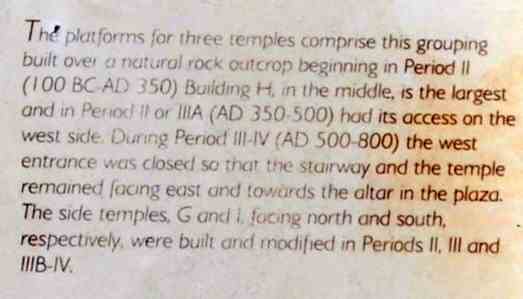
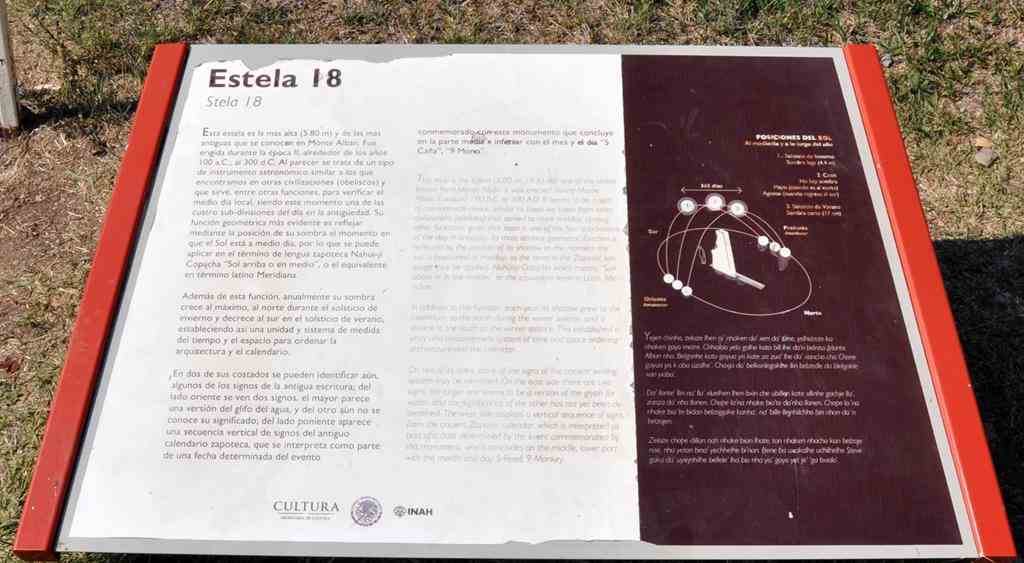
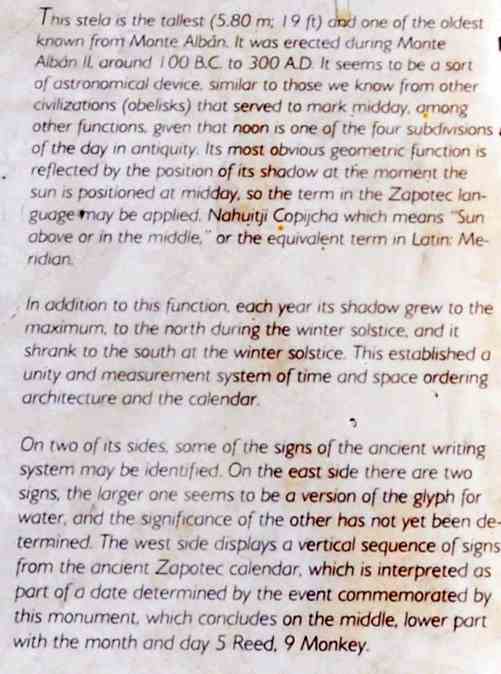
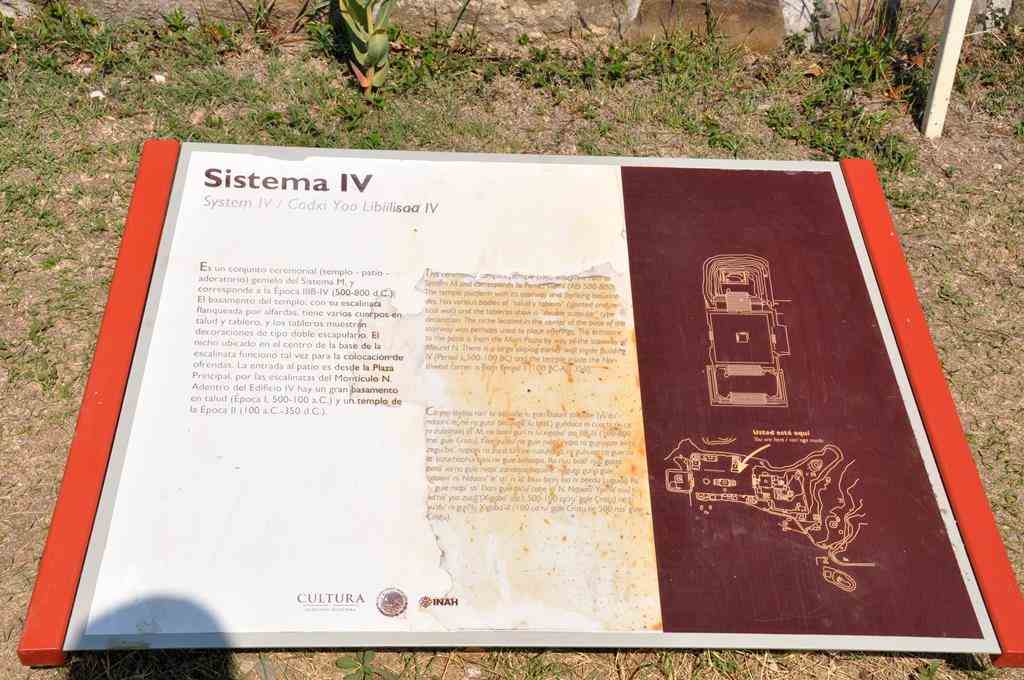
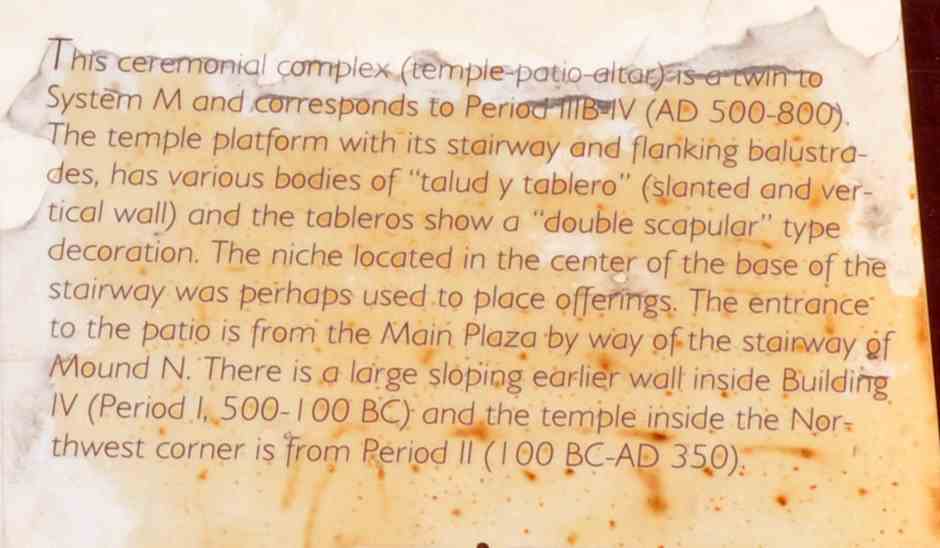
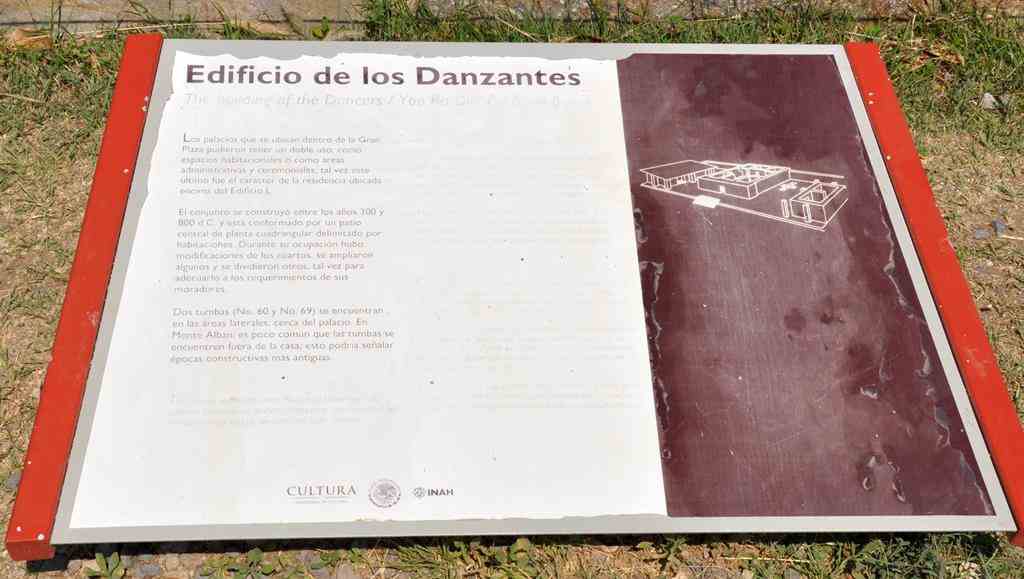
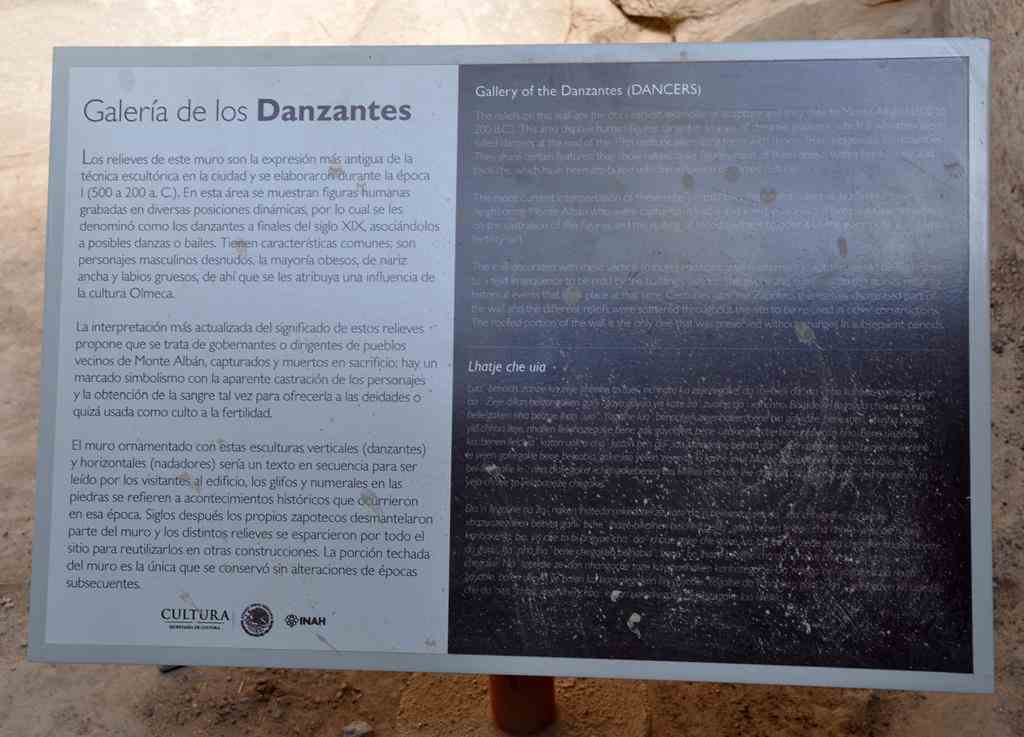
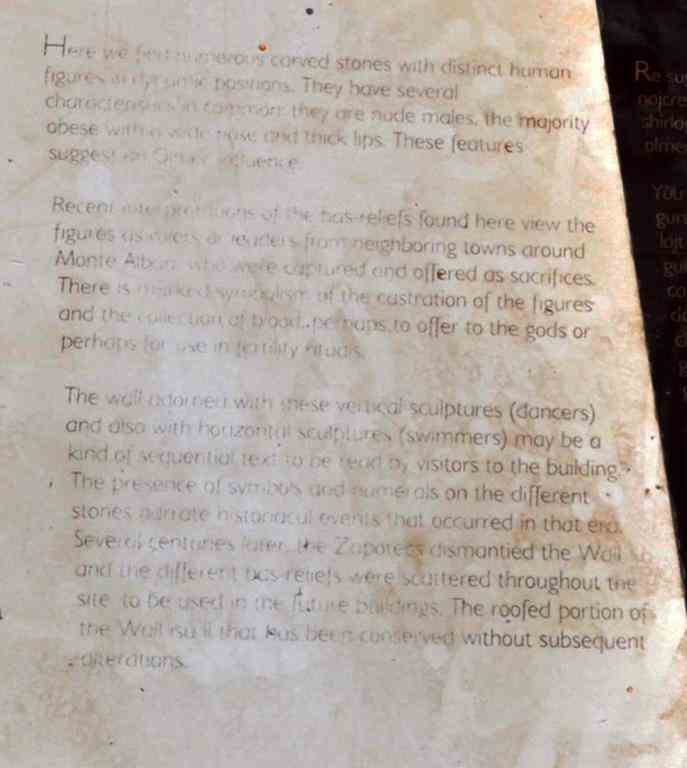
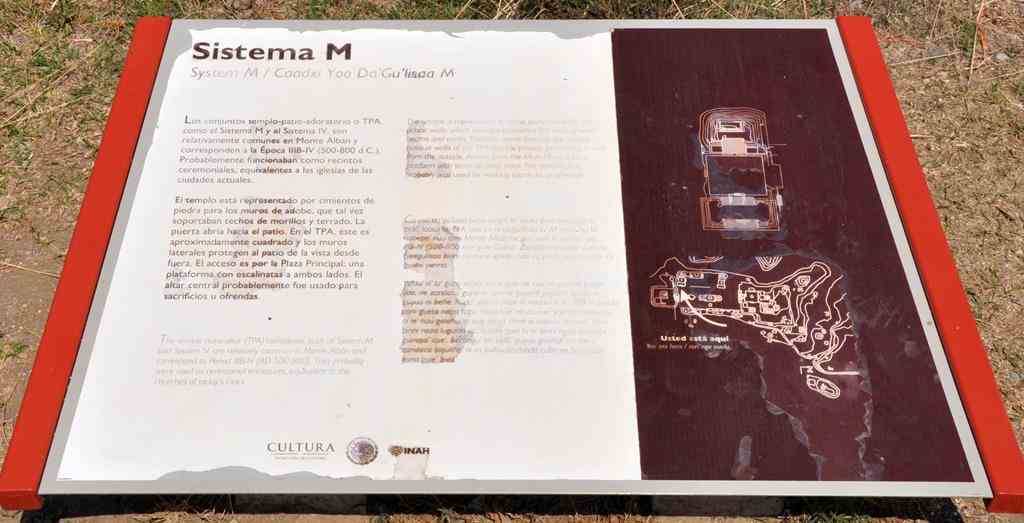
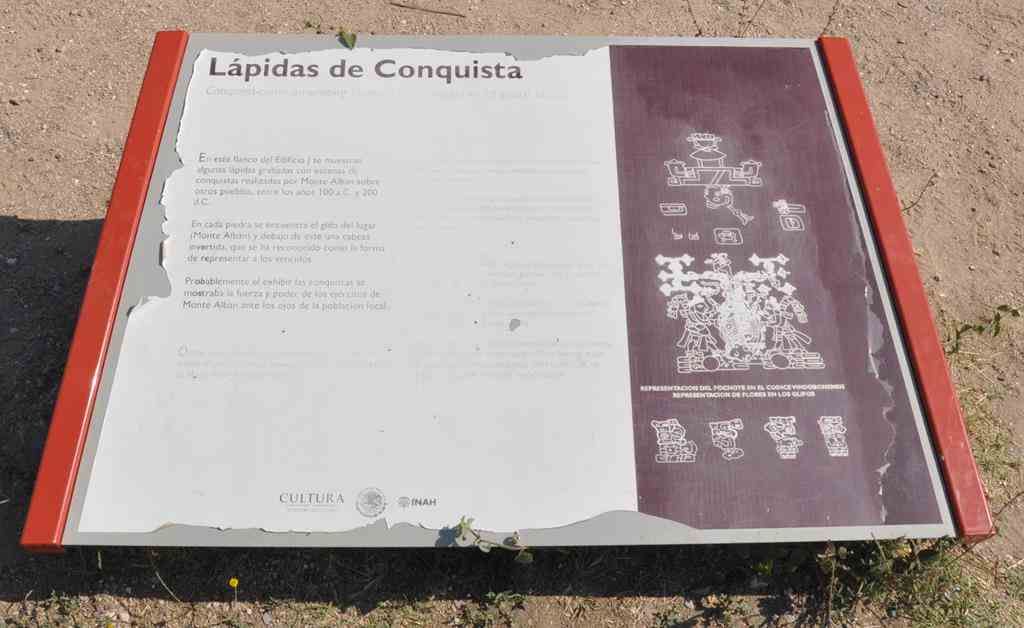
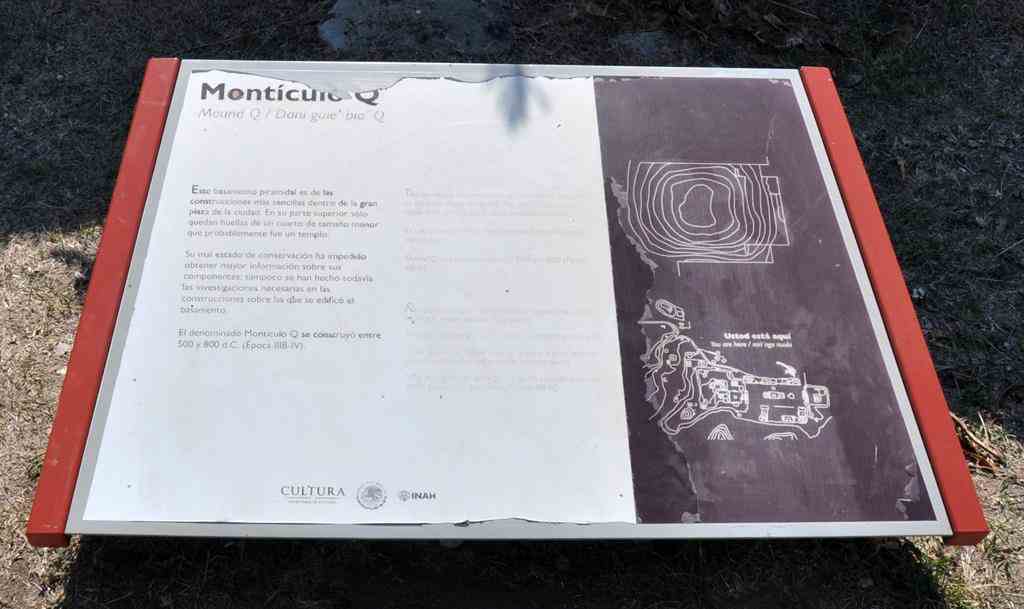
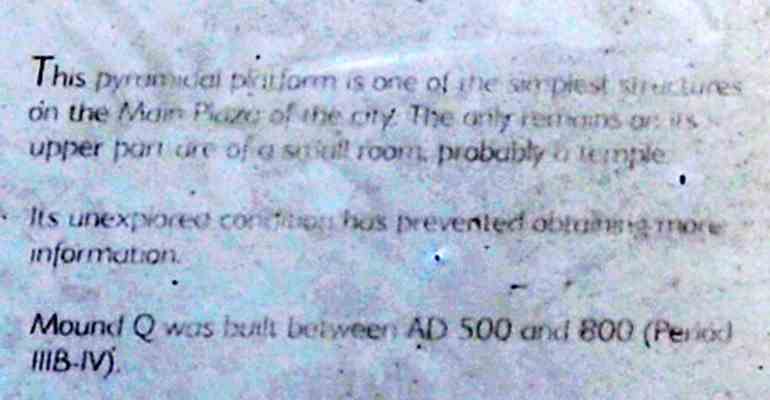
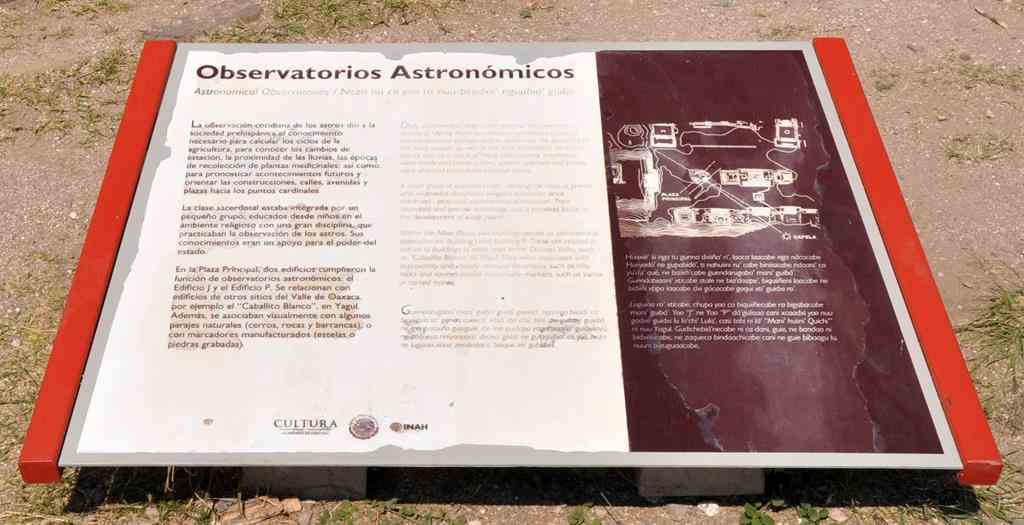
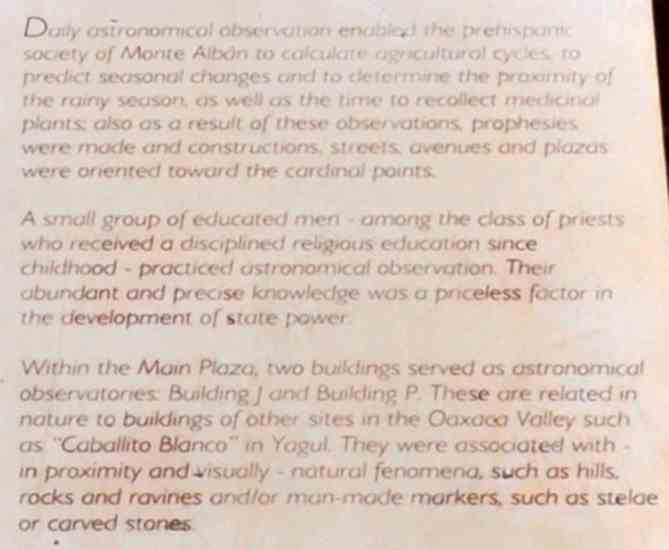
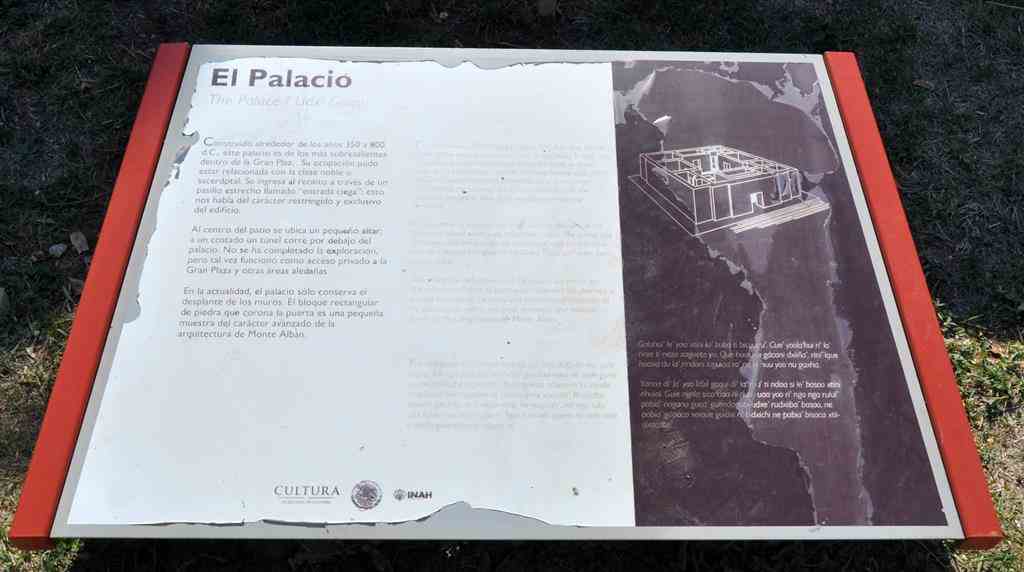
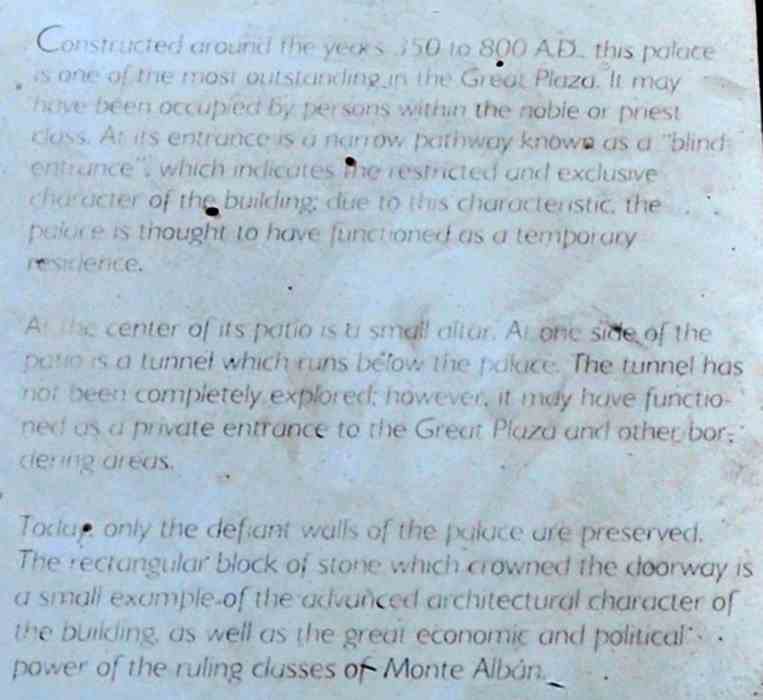
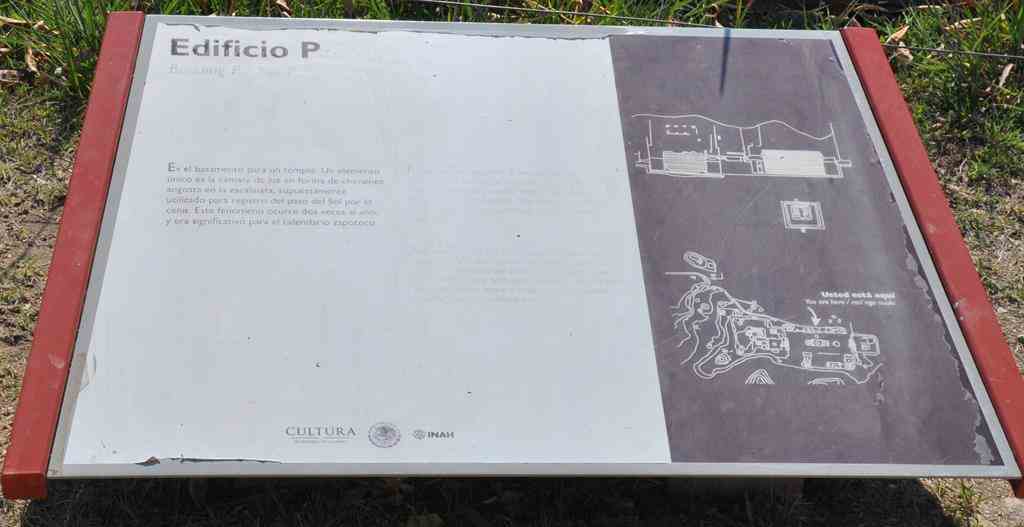
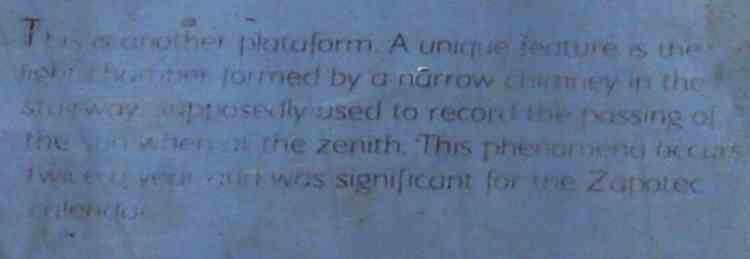
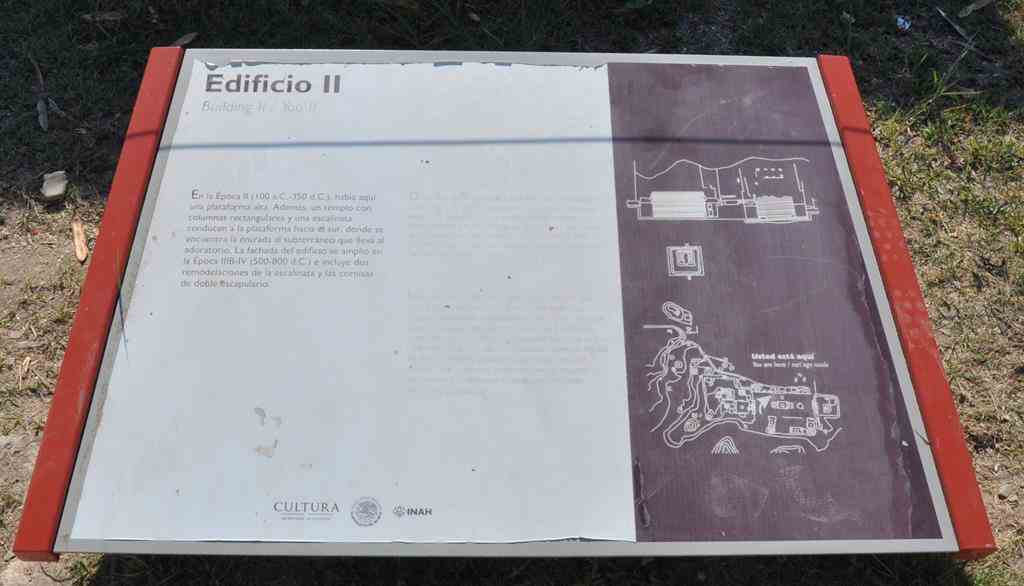
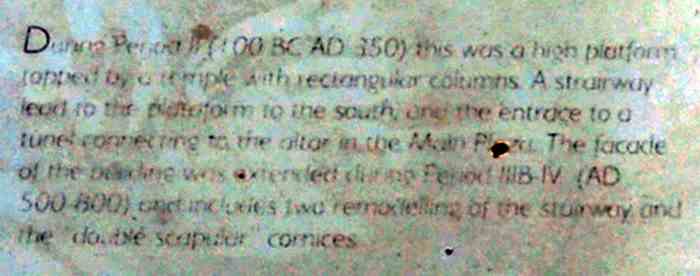
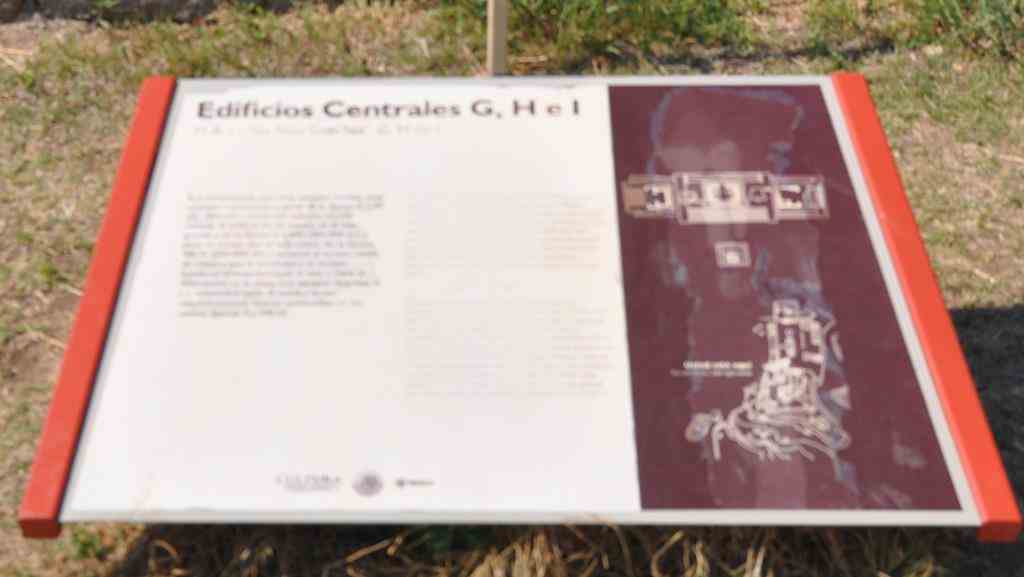
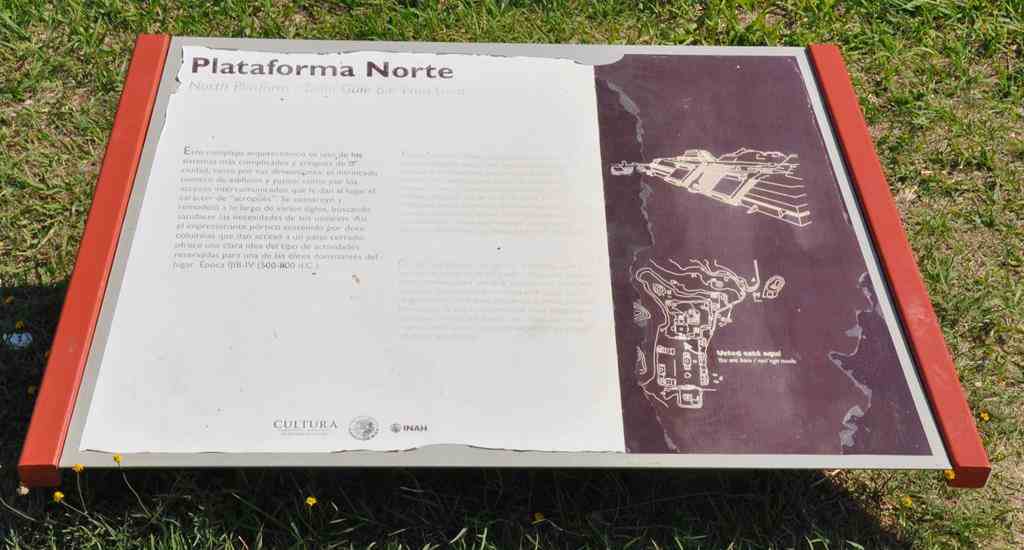
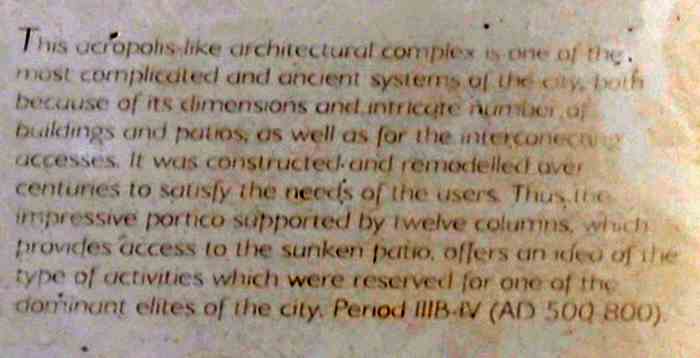
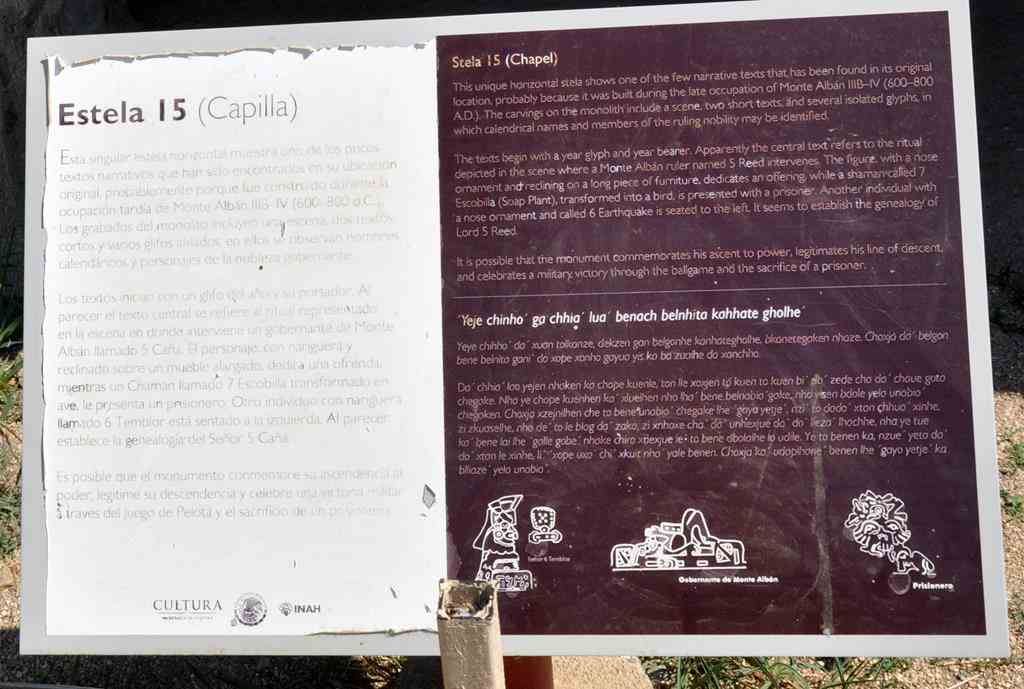
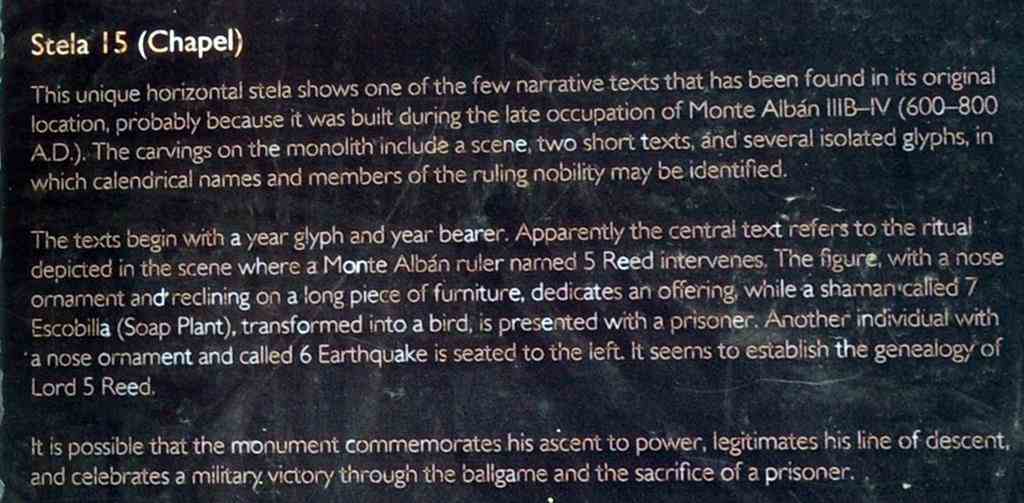
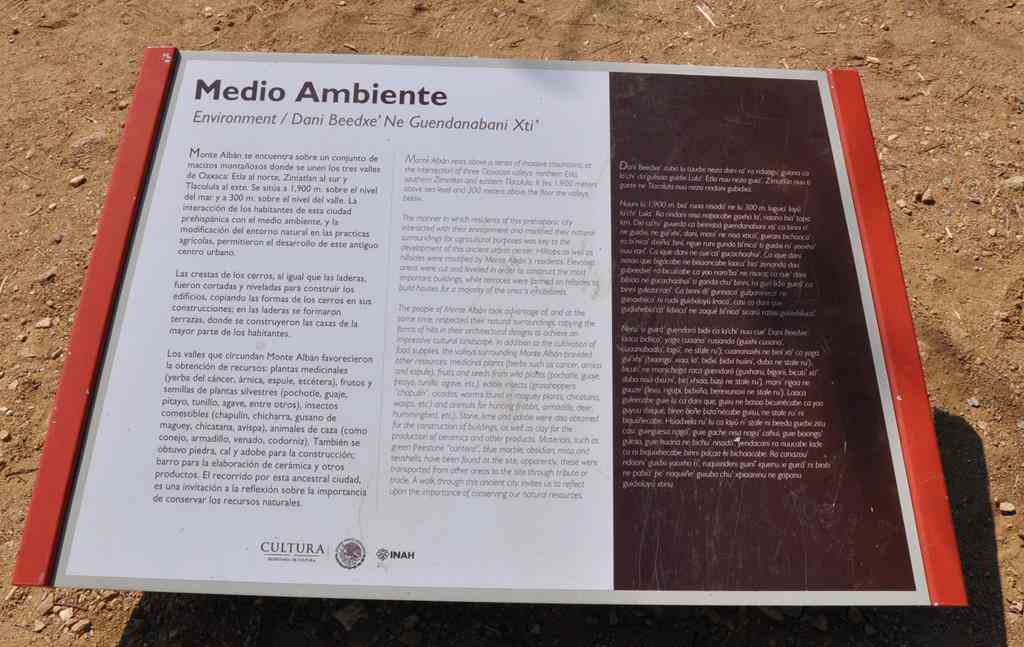

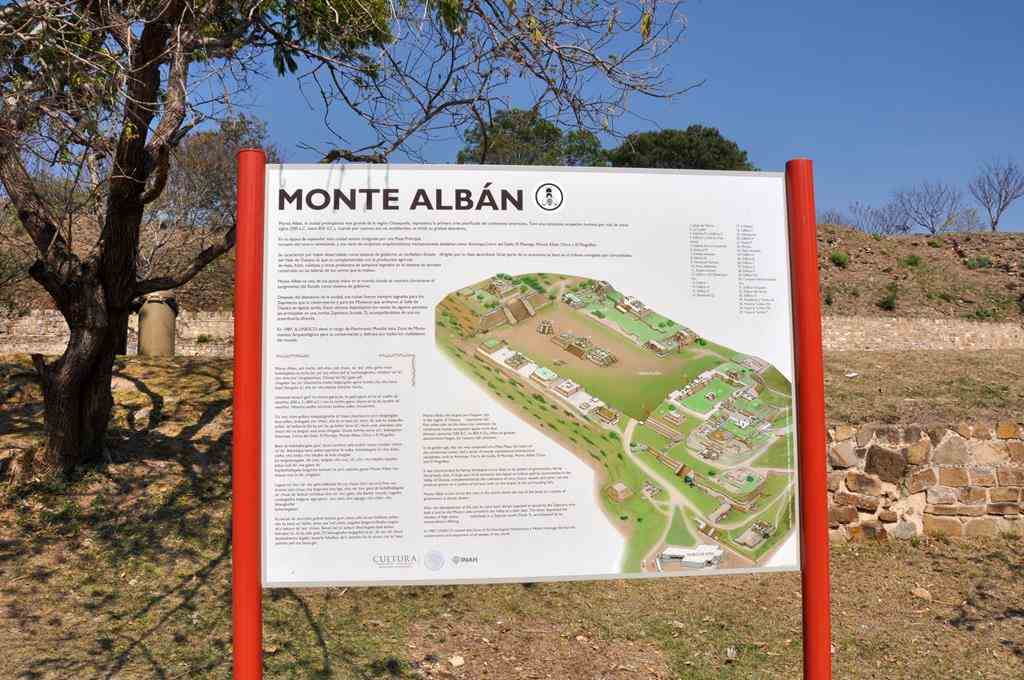

Objects found in Tomb Seven Monte Albán.
These exquisite objects are in the museum in Oaxaca.
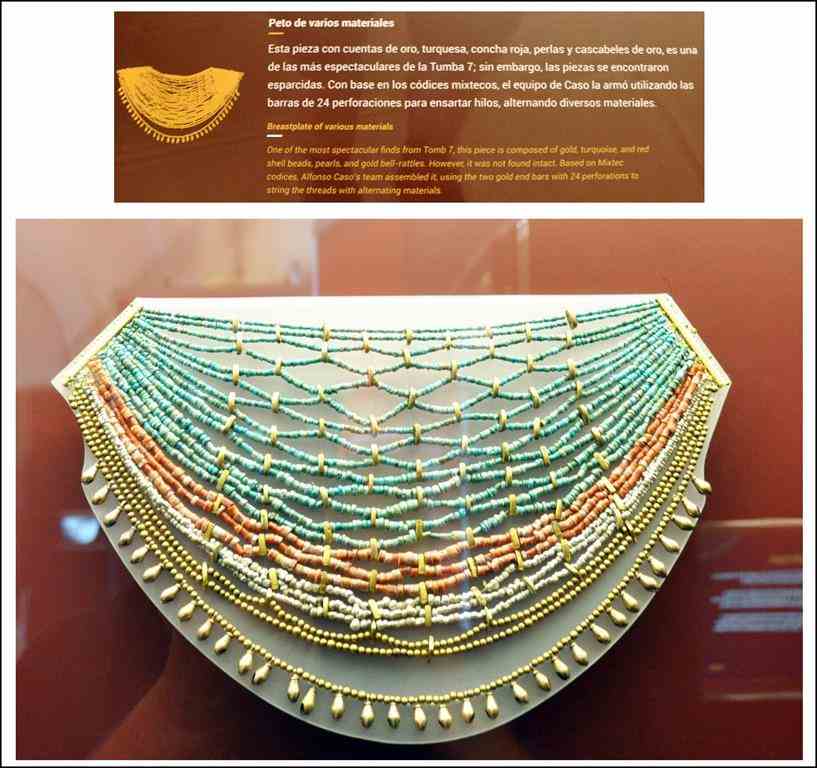
Monte Albán was a wonderful surprise to me.
It was one of the top 5 sights on this trip